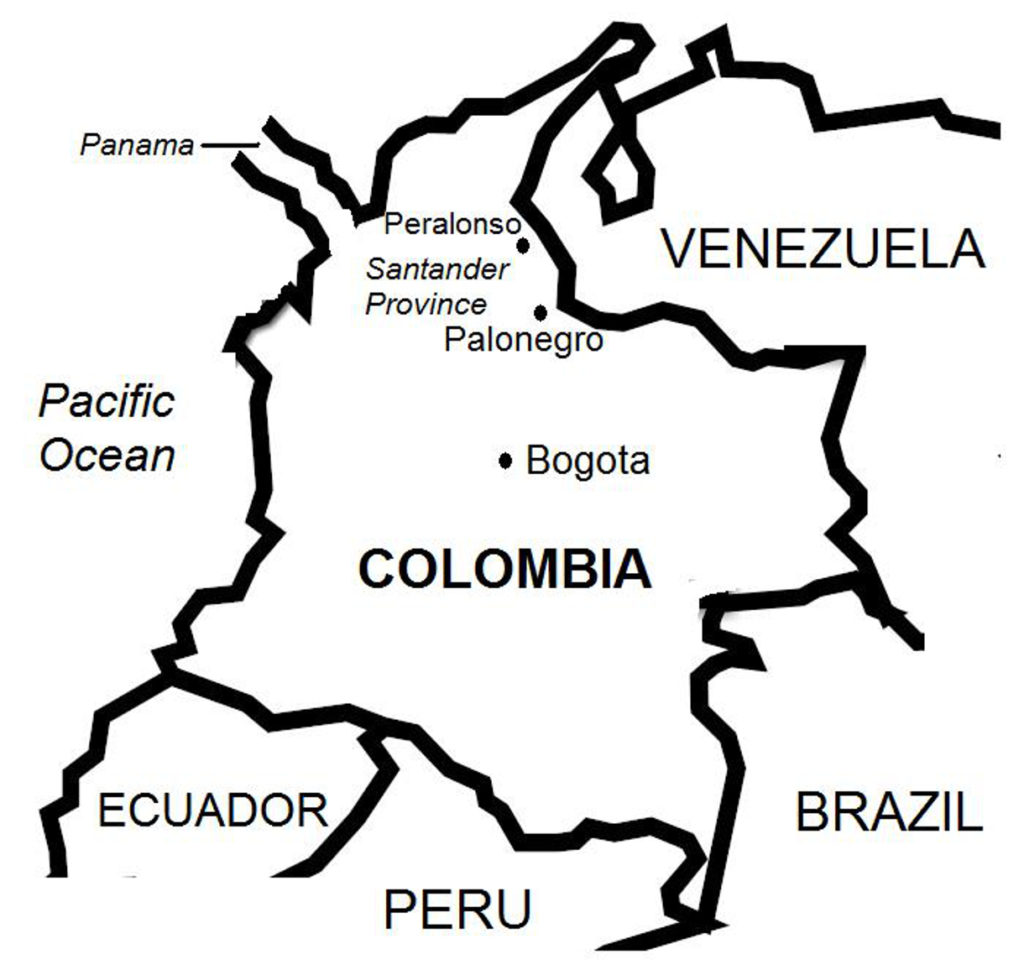The rivalry between Colombia’s Conservative and Liberal political parties lies at the heart of the Thousand Days’ War, which took place from 1899 to 1902. Colombia was a democracy and elections were held to decide between Conservatives, who advocated a strong centralized government and greater union between church and state; and Liberals, who favored a decentralized national government and separation of church and state. Colombia’s politics were bitter and violent, however, and coups, assassinations, and even civil wars, often broke out. Ethnicity and social class also factored in the discord, as Conservatives were led by the Spanish-descended elite and wealthy landowners, while Liberals consisted of Spanish-Amerindian mestizos and were backed by middle-class merchants, traders, and smaller landowners. Peasants, who formed the vast majority of Colombian society, supported either one of the two parties.

In 1866, the ruling Conservative government passed a new constitution that advocated a centralized government and greater union between church and state. The constitution had been a joint effort by Conservatives and Liberals. Later, however, some Liberals asserted that some of the charter’s provisions were unfair and needed to be amended. As a result, two Liberal uprisings broke out in 1893 and 1895, both of which were quelled.
In 1899, Colombia again was on the verge of a conflict, caused by economic and political factors. World coffee prices had plummeted, hitting hard local coffee growers who were ready to break out in revolt. The Liberals also were set to take up arms after being defeated in the previous year’s elections to the Conservatives whom they accused of cheating.
Fighting broke out in Santander Province, where the Liberals had assembled their militia to face the much larger Conservative forces. At the First Battle of Palonegro, fought in November 1899, Conservative forces prevailed. However, they were turned back by the Liberals at Peralonso the following month, setting the stage for a decisive battle. In May 1900, Conservative forces inflicted a crushing defeat on the Liberals in the Second Battle of Palonegro. Left with insufficient forces to continue fighting conventional battles, the Liberals retreated to the hinterlands and formed small groups to begin a guerilla war.
Toward the end of 1902, representatives from the two sides met in a series of dialogues, which led to the signing of a peace treaty that ended the war. Some 100,000 people were killed in the war. (Extracts for this write-up were taken from here. )
Panama’s Secession At the time of the war, Panama was a “departamento” (province) of Colombia. Rebel activity was prevalent in Panama, with the insurgents even attempting to seize the Panama Railway, a U.S. facility. As a result, the United States sent troops to protect the installation. In November 1903, or a year after the war had ended, Panama seceded from Colombia, forming its own independent state. The secession had been preceded by an uprising that was openly supported by the United States. Colombia, still reeling from the Thousand Days’ War, was unable to prevent the secession.
